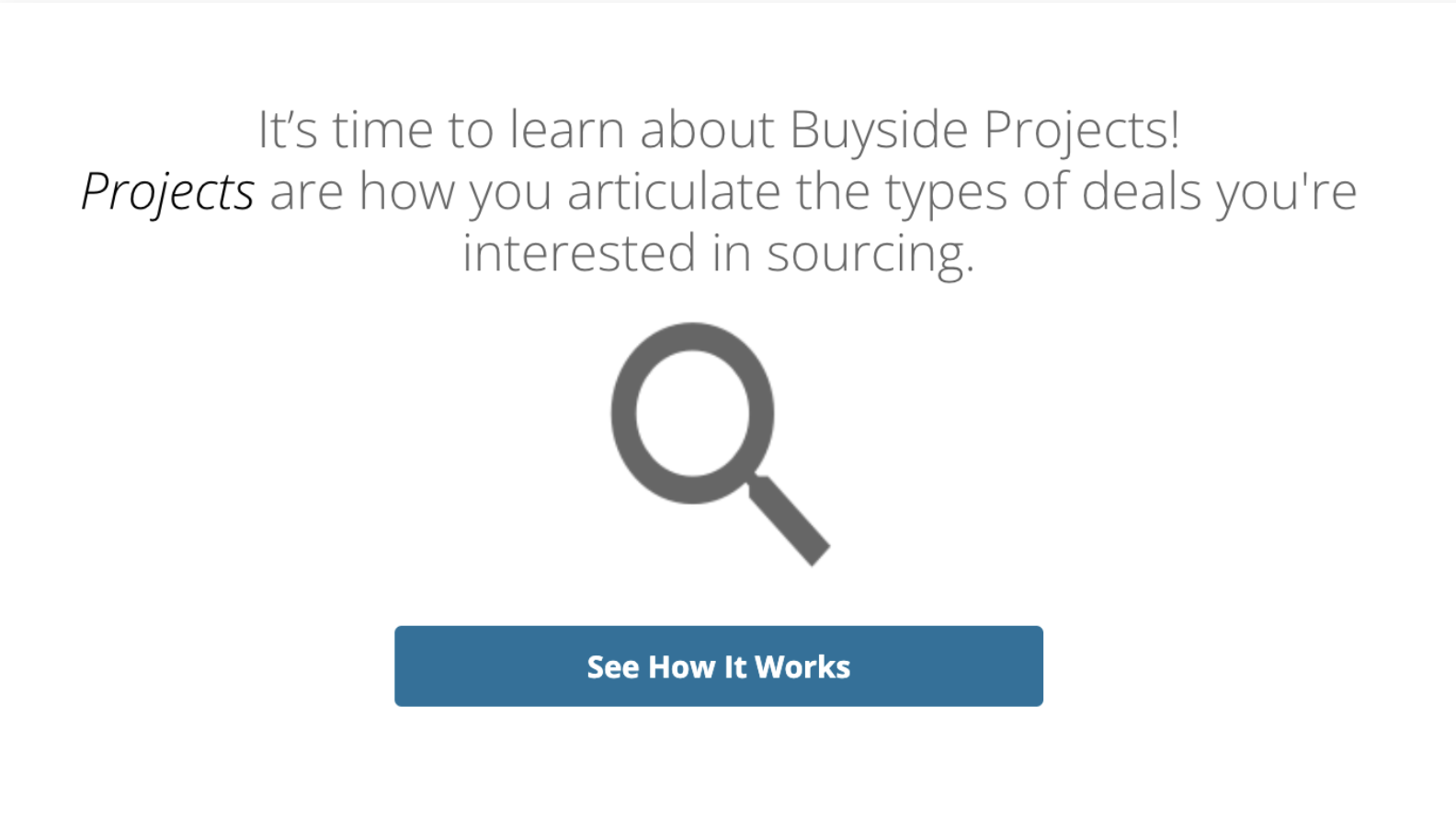SERVICE DESIGN + USER EXPERIENCE DESIGN
Redesigning the Onboarding Experience
How might we design an onboarding experience to support a new business model?
Axial transitioned from a subscription model to a success fee model, aiming to better align with the market and accelerate customer growth. To onboard new users without additional resources, we leveraged customer interviews, journey mapping, and no-code tools to design and launch a self-guided in-app onboarding process. This resulted in growth in activated accounts and a decreased activation time
If I’ve provided you with a password please click here to view the complete version of this page. If not, feel free to review this page but know that it’s missing some data points.
AXIAL, 2018
Head of Customer Experience
ROLES
Strategy Leader, Project Owner, Researcher, UX Designer
TEAM
Nick Coetzee, Operations
Tejan Kapoor, Customer Success Analyst
Goals
Onboard and activate new users without growing headcount or leveraging additional engineering resources
Ensure new users understand the basics of the platform
Design Process
Research
I had already onboarded hundreds of users at this point, but wanted to learn more about the users’ perspectives on the current process.
Conducted interviews with 7 recently onboarded new users
Facilitated ideation sessions with the customer success and sales teams to map the current onboarding process and envision ideal future states
Surveyed how other B2B companies approach onboarding, and compiled recommended best practices
I did not include interviews with potential users in my research process because it would have been difficult to connect with them given where I sat in the organization. I felt the potential benefit did not merit the additional complexity.
Synthesis
Mapped the existing user journey to identify pain points where users were deriving value
Created a system map of the human and automated triggers on the back-end of the existing process to ensure I had a clear picture of all the many moving parts
Design
Journey mapped the new, self-guided onboarding process while attempting to retain key moments of learning and understanding
Created wireframes of the ideal in-app journey
Created a series of on-screen modals (example below) that would be layered on top of our website - I built these using a no-code tool called Appcues
Wrote a series of emails to accompany the in-app components and encourage new users to complete the onboarding process if they got stuck
Tested and launched the V1 in-app tour to make sure the triggers I had set up would work correctly for new users
V1 Launch
Designed tracking and reporting mechanisms
Identified a limited sample set to include in the initial release
Conducted interviews with a dozen users in that sample set to gather feedback
Iterations
Once the new onboarding process was live, we added new users on a rolling basis and monitored interaction data to identify sticking points and adjust as needed. I also reached out to users to gather feedback via email and phone interviews. From these interactions, I learned that some users, particularly those who were less comfortable using technology, wished there were more opportunities to interact with the Axial team. In response, I added supplemental ways to connect live and a monthly onboarding webinar for new users.
Delivery
Outcomes - After One Year
XXX accounts onboarded & activated (protected)
Average time to activation decreased by over 150%
What I Learned
This project taught me how to synthesize research to arrive at a strategy, design and launch an MVP, observe customer behavior, solicit feedback, and iterate. The project also showed me how much I valued being able to do that via no-code tools without needing product or engineering resources.
This project unblocked the business at a critical time when resources were tight and we needed to prove the new model’s potential. It also freed me up to focus on other aspects of the customer journey after onboarding. That said, in 2020, when we had additional resources available we decided to return to a call-based onboarding process. That experience taught me that a design or strategy can be critical for a business at one time but ill-suited for a future state.





